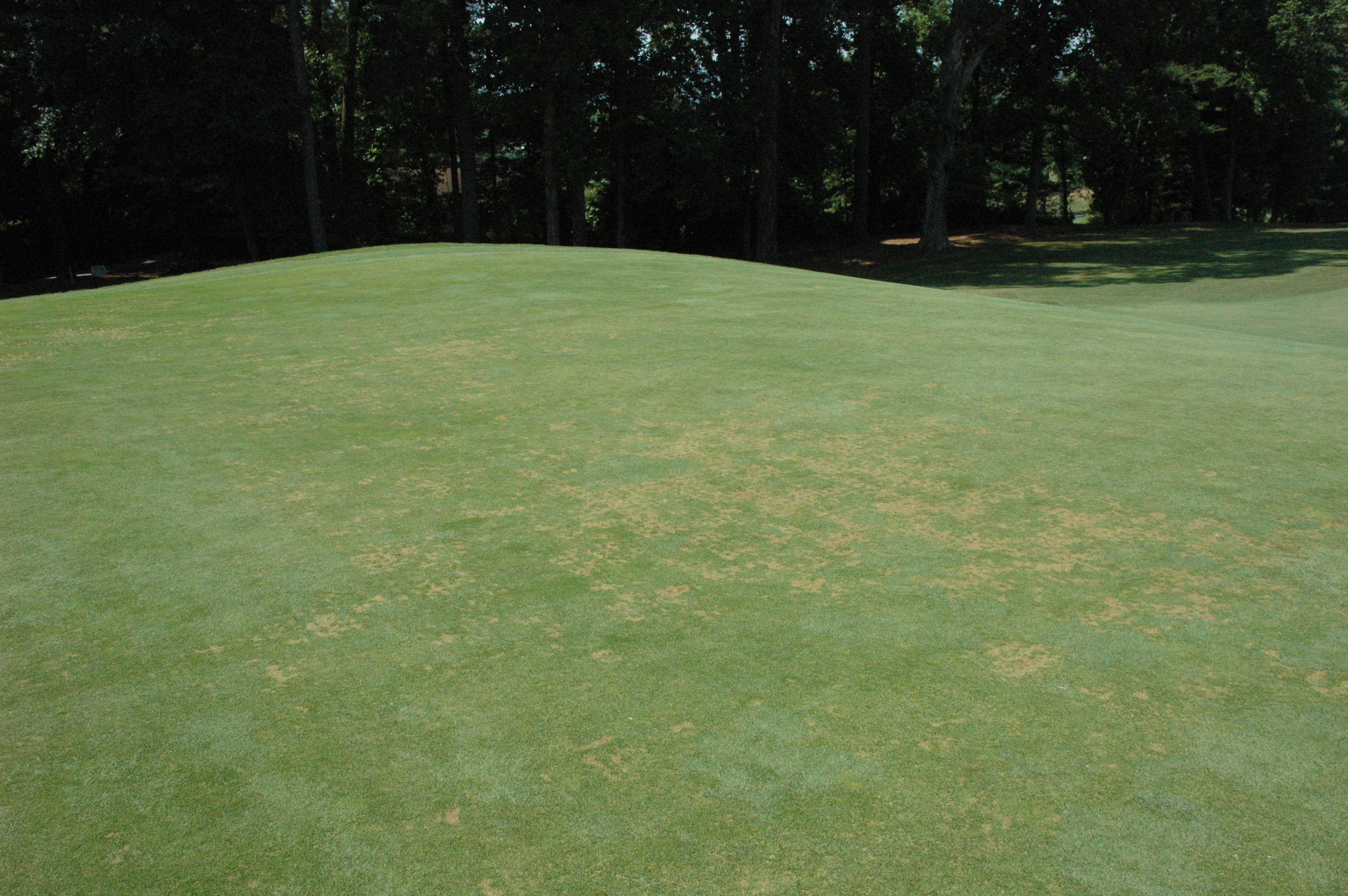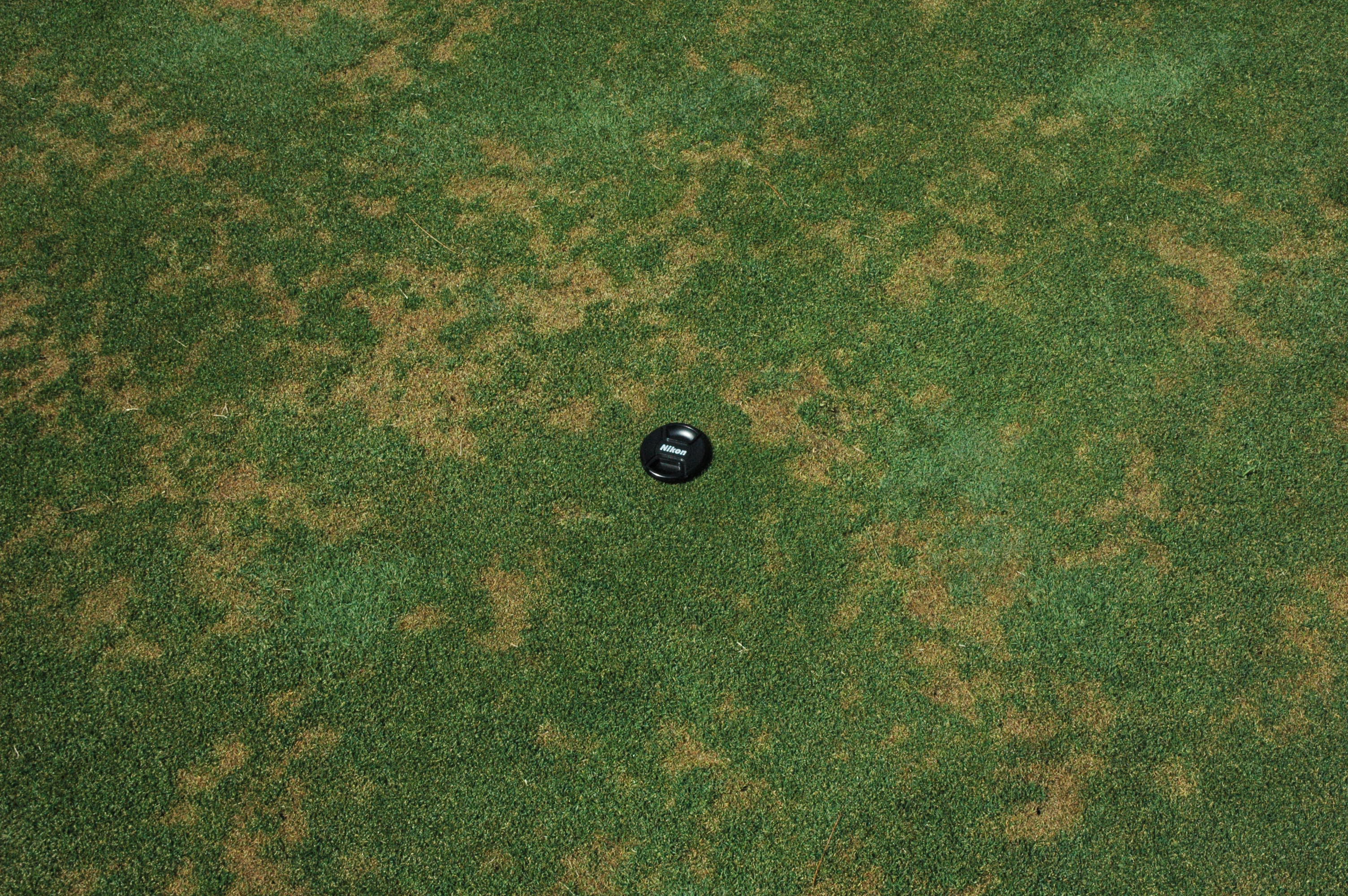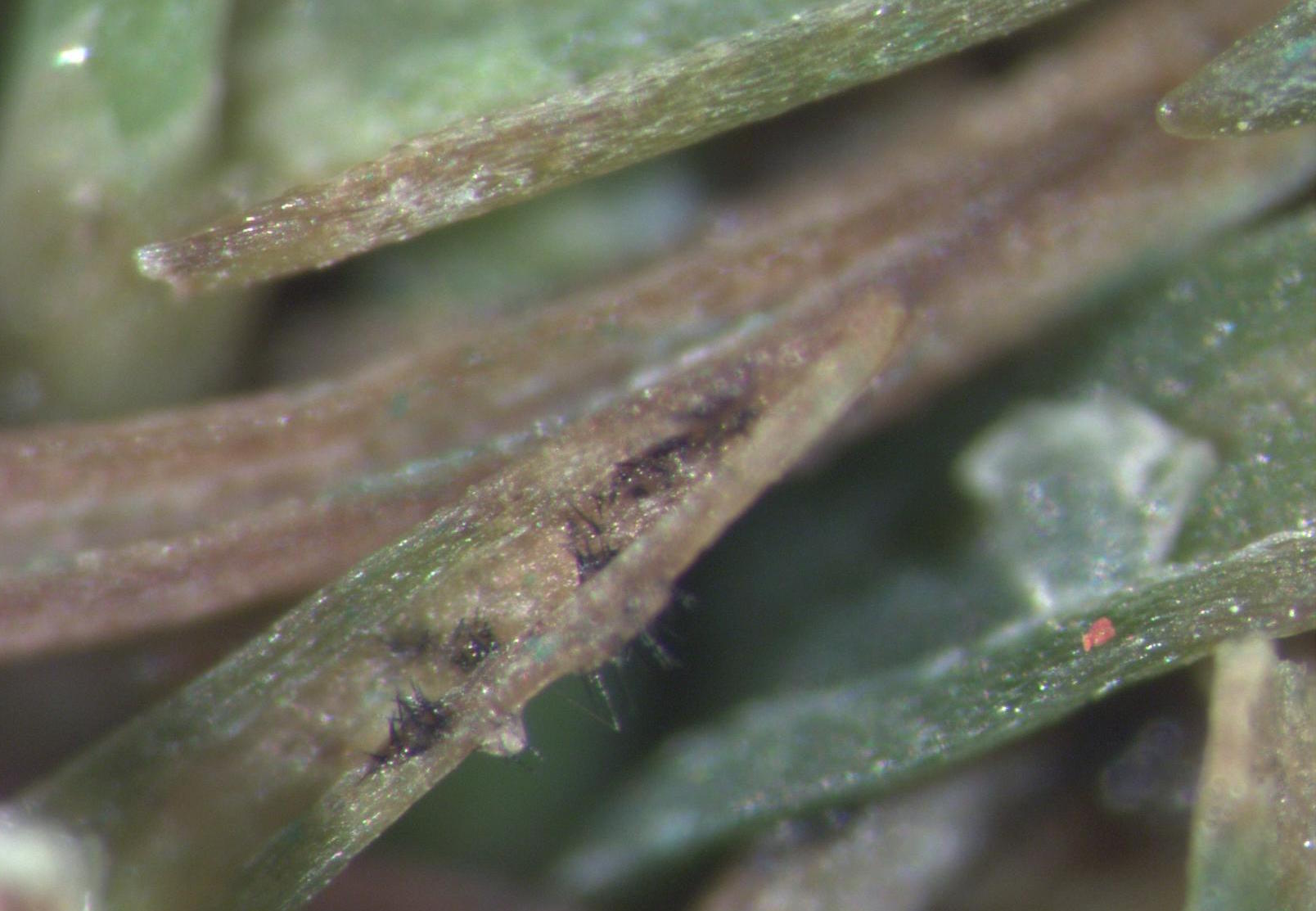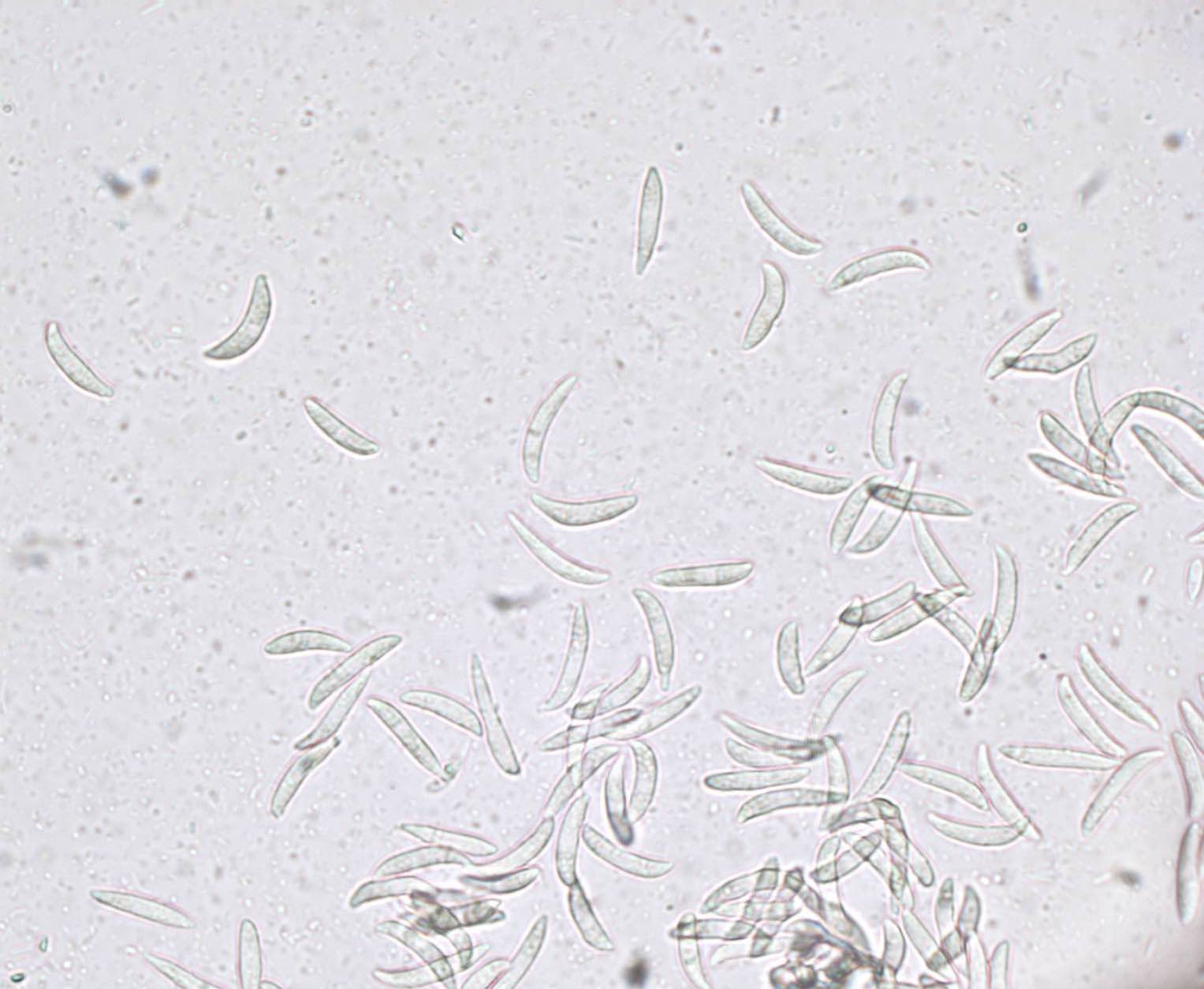Anthracnose Alert!
go.ncsu.edu/readext?604109
en Español / em Português
El inglés es el idioma de control de esta página. En la medida en que haya algún conflicto entre la traducción al inglés y la traducción, el inglés prevalece.
Al hacer clic en el enlace de traducción se activa un servicio de traducción gratuito para convertir la página al español. Al igual que con cualquier traducción por Internet, la conversión no es sensible al contexto y puede que no traduzca el texto en su significado original. NC State Extension no garantiza la exactitud del texto traducido. Por favor, tenga en cuenta que algunas aplicaciones y/o servicios pueden no funcionar como se espera cuando se traducen.
Português
Inglês é o idioma de controle desta página. Na medida que haja algum conflito entre o texto original em Inglês e a tradução, o Inglês prevalece.
Ao clicar no link de tradução, um serviço gratuito de tradução será ativado para converter a página para o Português. Como em qualquer tradução pela internet, a conversão não é sensivel ao contexto e pode não ocorrer a tradução para o significado orginal. O serviço de Extensão da Carolina do Norte (NC State Extension) não garante a exatidão do texto traduzido. Por favor, observe que algumas funções ou serviços podem não funcionar como esperado após a tradução.
English
English is the controlling language of this page. To the extent there is any conflict between the English text and the translation, English controls.
Clicking on the translation link activates a free translation service to convert the page to Spanish. As with any Internet translation, the conversion is not context-sensitive and may not translate the text to its original meaning. NC State Extension does not guarantee the accuracy of the translated text. Please note that some applications and/or services may not function as expected when translated.
Collapse ▲The NC State Turf Diagnostics Lab has diagnosed several cases of anthracnose on creeping bentgrass and annual bluegrass putting greens in western North Carolina over the past couple of weeks. While we do diagnose this disease every year in that part of our state, this year seems to be slightly higher than normal. It appears the rain events following the mostly droughty spring/summer kicked this disease into full gear for the majority of locations. Also, keep in mind that this disease is not limited to western NC. We have diagnosed it in other regions, however the majority of the cases are from western NC.
Anthracnose symptoms are highly variable, appearing yellow to orange in color and in an irregular pattern, in small freckle-like spots, or in circular patches up to 1’ in diameter. Symptoms are typically most severe in areas that are stressed from low mowing, excessive traffic, or inadequate irrigation or fertilization. On individual plants, symptoms first appear on the oldest leaves, which die back from the tip, and gradually progress to the younger leaves.
Anthracnose can be diagnosed in the field with a good hand lens. So far, all of the cases we have diagnosed have been foliar infections. Fortunately, foliar anthracnose tends to be easier to manage versus basal forms that severely damage leaf sheaths, crowns, and stolons.
More information about anthracnose, including control recommendations.






